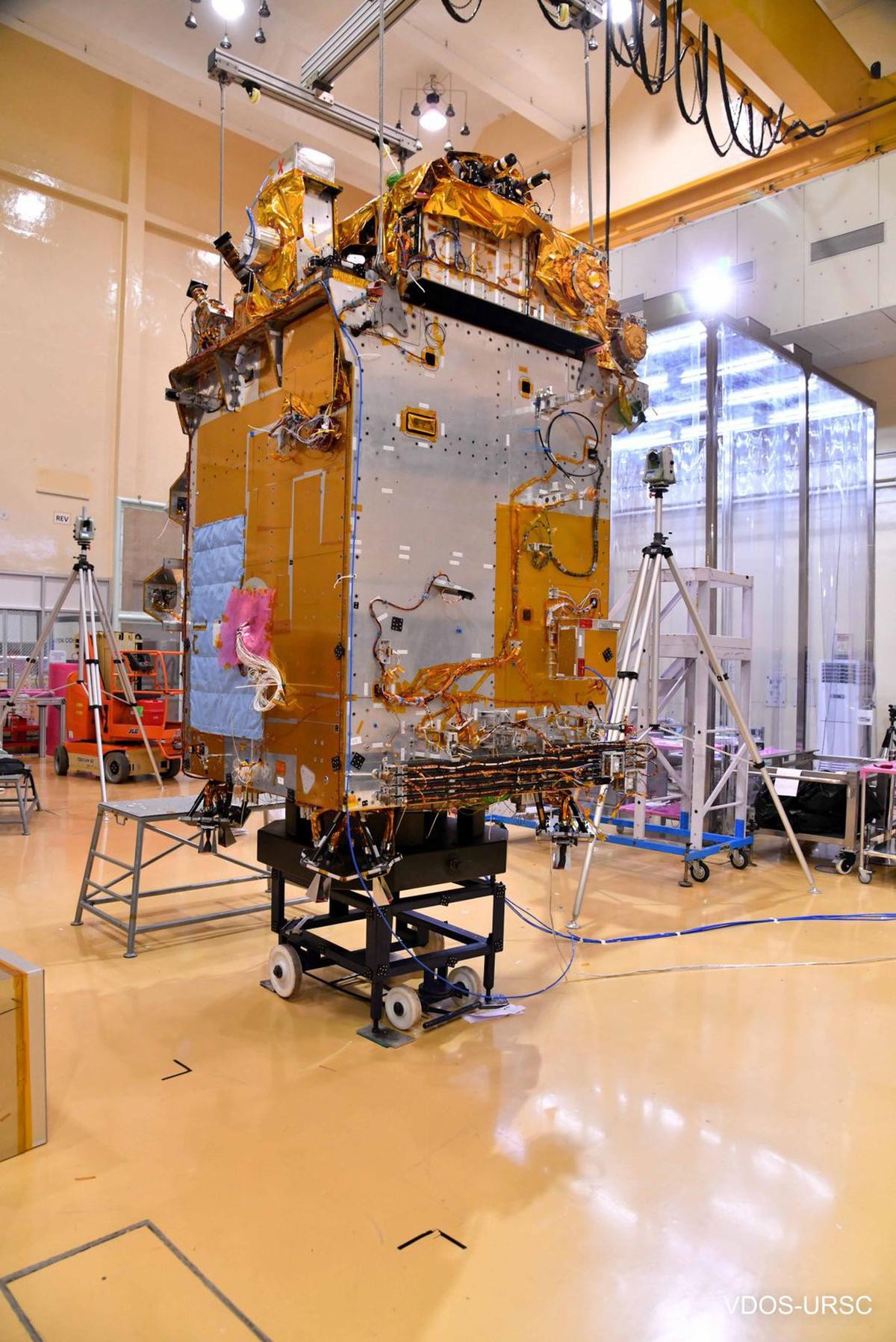 |
| Aditya-L1 will be India's first space observatory to study the Sun. |
Aditya-L1 ("Aditya" means "Sun" in Sanskrit) will carry seven instruments to study the Sun's atmosphere, solar storms and their impact on Earth's environment.
The Indian Space Research Organisation (ISRO) is planning to launch its first solar research mission, Aditya-L1, this month.
The Aditya-L1 satellite will take about 109 days to reach the coronal orbit around the L1 point between the Earth and the Sun, about 1.5 million km away from the Earth. Here, the Aditya-L1 satellite can continuously observe the Sun without being obstructed by any phenomena.
Aditya-L1 was assembled and integrated at the Rao UR Satellite Centre (URSC), Bengaluru, the capital of the southern state of Karnataka.
Although the Sun has long been studied, scientists still don't understand how the outermost layer of the atmosphere, called the corona, gets so hot — about 1.8 million degrees Fahrenheit (1 million degrees Celsius) hotter than the Sun's surface.
Researchers know very little about exactly what happens on the Sun before it releases solar flares and giant clouds of plasma called coronal mass ejections (CMEs) into space — and sometimes toward Earth — and how CMEs accelerate to extreme speeds near the Sun's disk.
Scientists are hoping the Aditya-L1 observatory will provide some clues to these decades-old mysteries.
While ISRO has not announced the satellite launch date, Indian media reported that the mission will "take off" in the first week of September.
In mid-last month, ISRO’s LVM3 rocket lifted off from the Satish Dhawan Space Centre in Sriharikota in the southern state of Andhra Pradesh, successfully delivering the Chandrayaan-3 lander into Earth’s orbit. The rover is scheduled to make a controlled landing on the Moon’s south polar region on August 23.
If the mission is successful, India will become the fourth country after the US, the Soviet Union and China to have a probe land on the Moon.
Indian Prime Minister Narendra Modi affirmed that Chandrayaan-3 “is creating a new chapter in India's space journey” and “a testament to the tireless dedication of our scientists”.
Source


![[Photo] Bus station begins to get crowded welcoming people returning to the capital after 5 days of holiday](https://vphoto.vietnam.vn/thumb/1200x675/vietnam/resource/IMAGE/2025/5/4/c3b37b336a0a450a983a0b09188c2fe6)
![[Photo] National Assembly delegates visit President Ho Chi Minh's Mausoleum](https://vphoto.vietnam.vn/thumb/1200x675/vietnam/resource/IMAGE/2025/5/5/9c1b8b0a0c264b84a43b60d30df48f75)








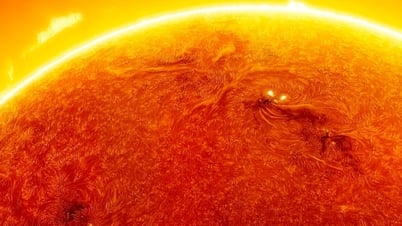



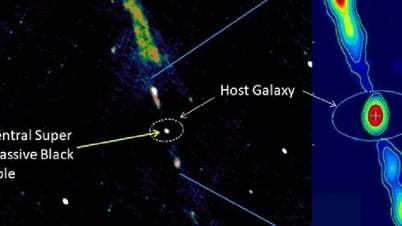










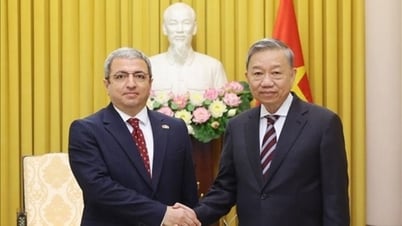




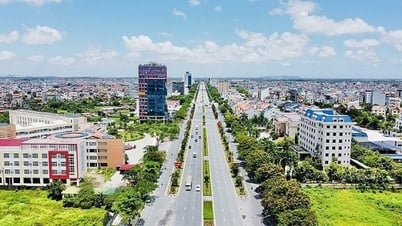

![[Photo] General Secretary To Lam receives Sri Lankan President Anura Kumara Dissanayaka](https://vphoto.vietnam.vn/thumb/1200x675/vietnam/resource/IMAGE/2025/5/4/75feee4ea0c14825819a8b7ad25518d8)
![[Photo] Vietnam shines at Paris International Fair 2025 with cultural and culinary colors](https://vphoto.vietnam.vn/thumb/1200x675/vietnam/resource/IMAGE/2025/5/4/74b16c2a197a42eb97597414009d4eb8)
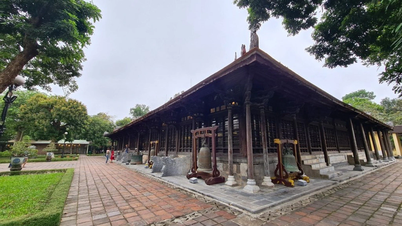















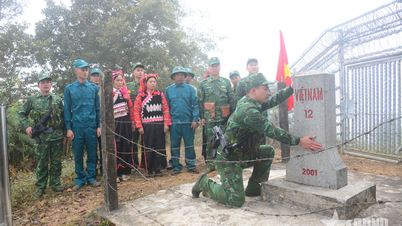

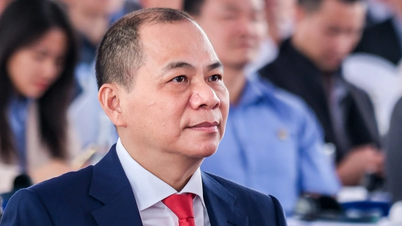
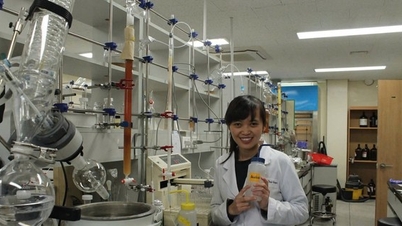





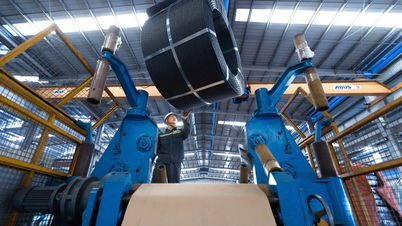


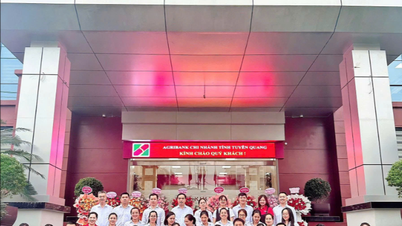

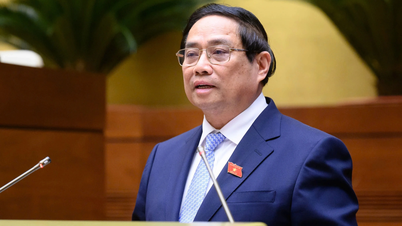
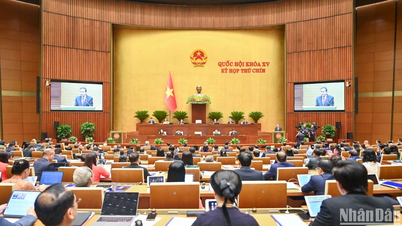


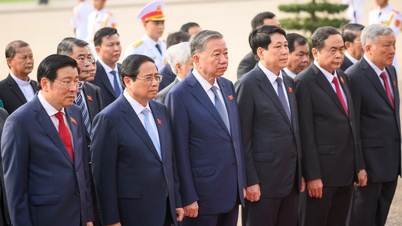
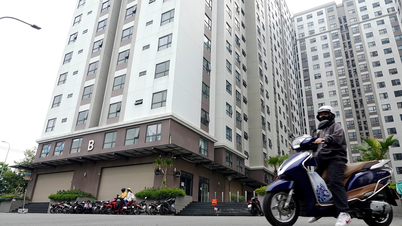
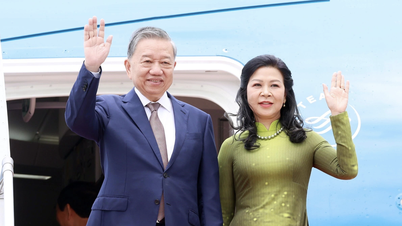
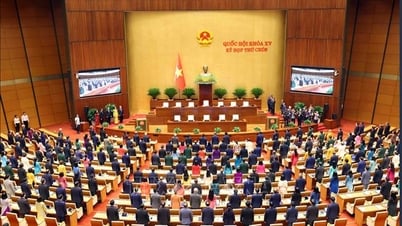









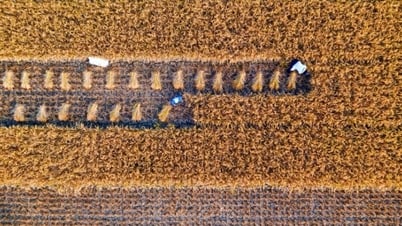




















Comment (0)